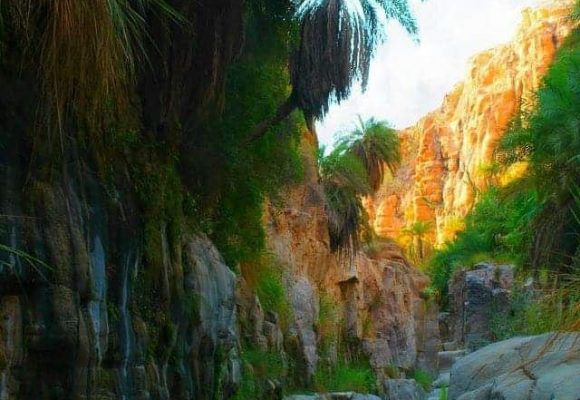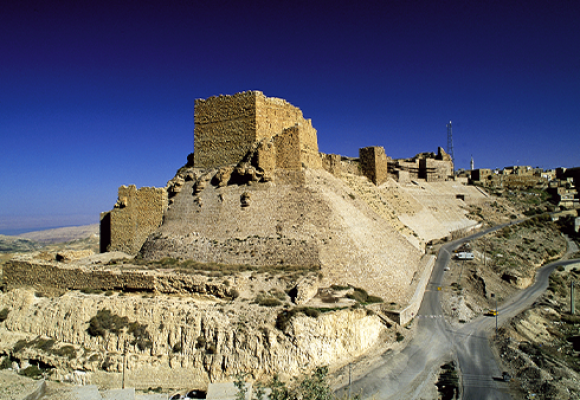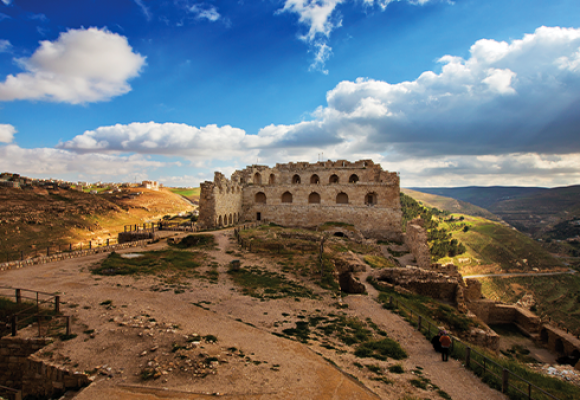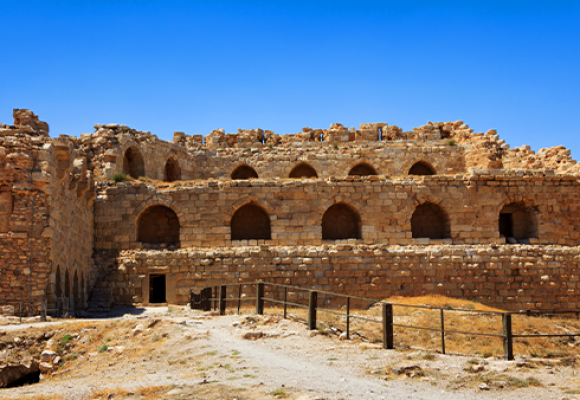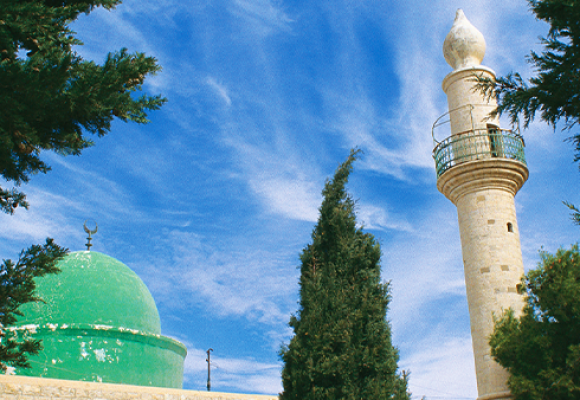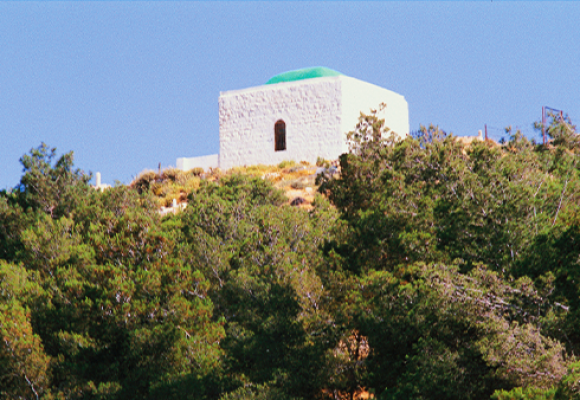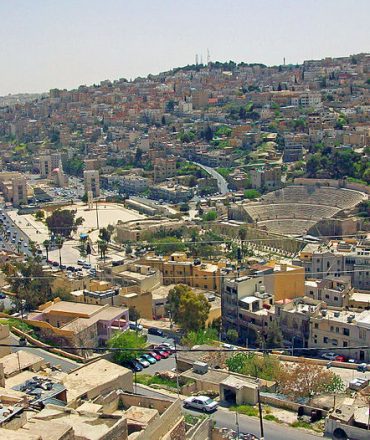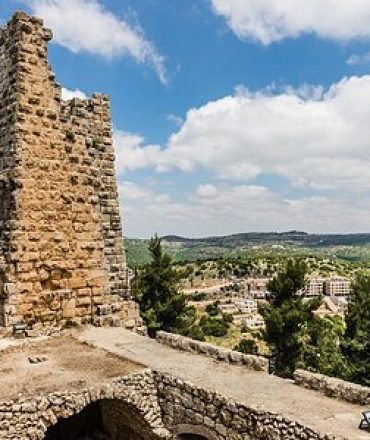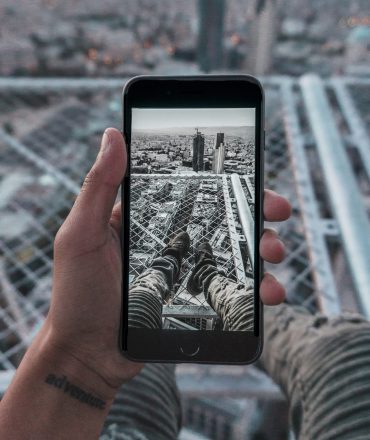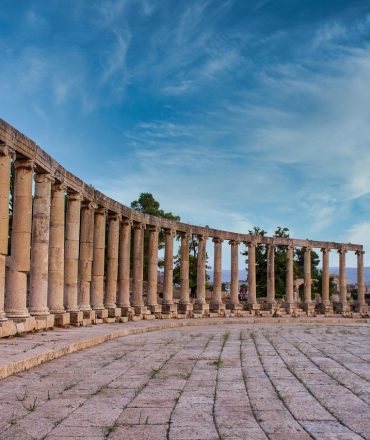Whether you approach Karak from the ancient Kings Highway to the east or from the Dead Sea to the west, the striking silhouette of this fortified town and castle will instantly make you understand why the fates of kings and nations were decided here for millennia.
Ancienne forteresse des Croisés, Karak se trouve à 900 mètres au-dessus du niveau de la mer et se trouve à l’intérieur des murs de la vieille ville. La ville abrite aujourd’hui environ 170000 personnes et continue de se vanter d’un certain nombre de bâtiments ottomans restaurés du XIXe siècle, de restaurants, d’endroits où séjourner, etc. Mais c’est sans doute le château de Karak qui domine.

